THE STREET machine scene in 1996 was a conservative one, at least by today’s standards. Magazine covers were reserved for Holdens and Falcons, and even our elite show cars were mostly built in street-legal style, despite hardly ever being driven on the road.
“Some of the other competitors didn’t want it there,” John Zelukovic says of the debut of his wife Rhonda’s wild pro street 1960 Studebaker at Summernats 10. “They wouldn’t let us unload it, wouldn’t let us get into the auditorium for judging. They did everything they could to stop us.”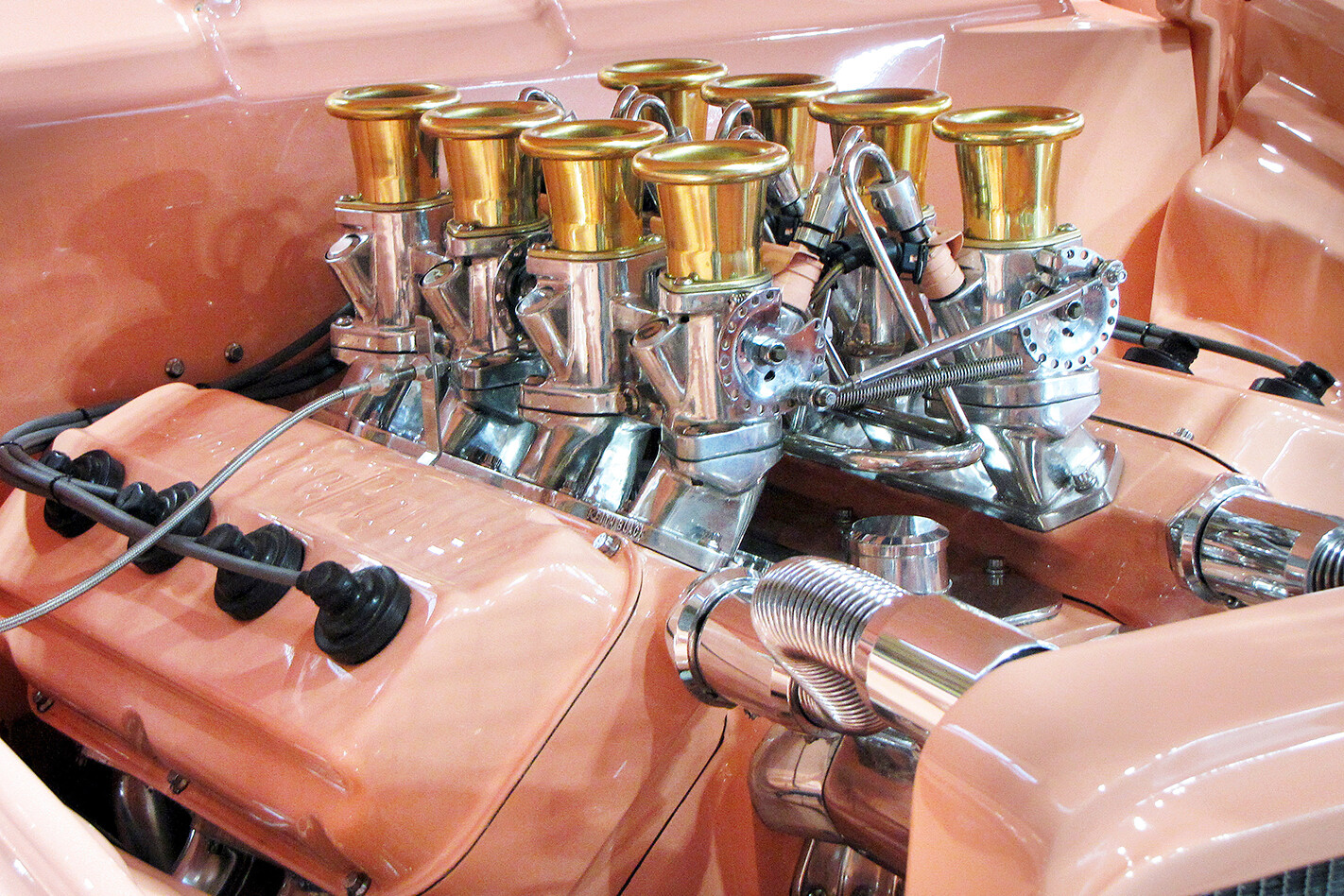
It didn’t start out as a controversial build. Rhonda bought the Studebaker locally in Orange, NSW as an ugly duckling, a clunky runner that turned heads for all the wrong reasons. “One day Rhonda said: ‘Why don’t you chop it?’” John’s brother Ron recalls. “So I did.” Adds John: “It snowballed once it got interesting. Rhonda said: ‘Let’s show them what we can do,’ and it went from there.”
The car was constructed entirely within John Zelukovic Smash Repairs in Orange over a four-year period. The body mods were as innovative for the time as they were endless, from extending the doors down to replace the sills, to flush-fitting glass and an entirely new front end. “Ron has incredible talent with sheet metal,” John says. “The whole front is fabricated. We all talked about it, Ron drew it up, then hand-crafted the lot.”
“If you’ve seen the stock Studebaker dash, you’d know we had to do something,” Ron says of the futuristic cockpit-style interior, the first to take the centre console through to the rear. The car was also the first to sit down on its haunches on electrically operated hydraulic rams, designed by John (no airbags back then). John was also in charge of the drivetrain, a dangerous move for a Wild Bunch racer with a green light from the missus. “We found the engine Don Garlits used in Swamp Rat to run his first 200mph pass back in the 60s,” John says. “We replaced the supercharger with Keith Black fuel injection and later switched from nitromethane to alcohol.”
Australia had never seen anything like it, so you can see why some of the established players got their knickers in a twist. The obstruction was such that it was only through the last-minute intervention of a senior Summernats official that the car was allowed through for judging. Just start it, he said, that’ll shut them up.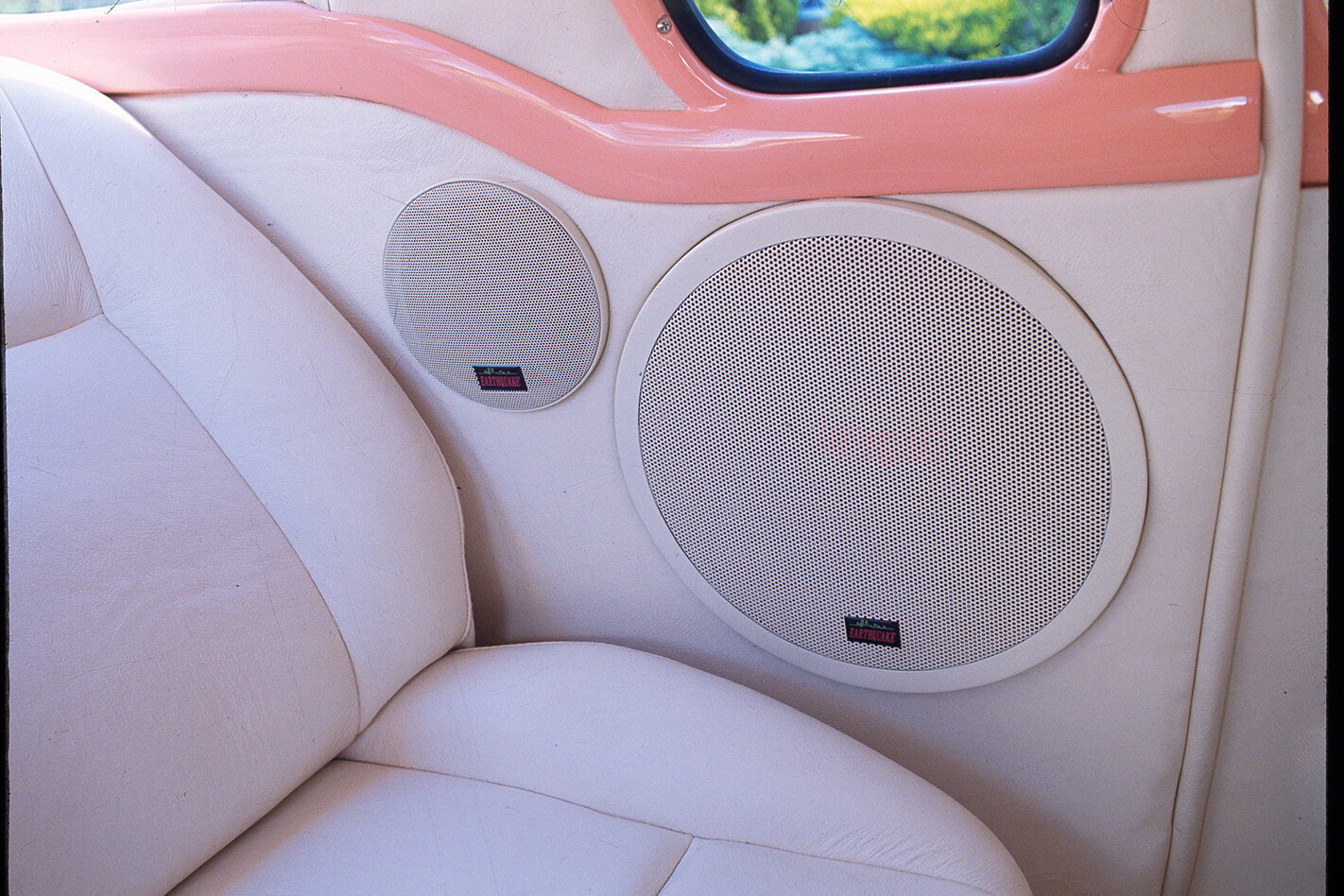
It fired and the judges liked what they saw, awarding the Studebaker wins in 10 classes. Ditto the punters, who voted it People’s Choice. Even if Grand Champion eluded them, the era of the pro street show car had arrived, along with endless debates about what makes a real street machine. It went on to dominate shows in Melbourne, Sydney and Newcastle and was voted Car Of The Year by the readers of Street Heat magazine. It was featured in Street Machine in March 1997.
Within a few years, we were all wondering what the fuss was about, as a succession of pro street cars from the Hillier brothers, Scott Marshall, Alan ‘Bundy’ Lucas, Mark Jones and Gary Myers hit the scene, with the Hilliers’ XP the first to make a Street Machine cover in 1999 and Lucas’s HQ the first to win Street Machine Of The Year in 2000. Mark Jones’s FAT 57 and Gary Myers’s Silver Bullet also won SMOTY awards, as did metal maestro Adam LeBrese with his insane pro touring XC hardtop in 2012.
Rhonda and John have never considered selling the car that started it all. “We’d like to think the kids will always keep the Studebaker in the family as a reminder of what we achieved,” John says. “I have a lot of satisfaction in it. There was nothing in the US that could compare at the time, other than CadZZilla and Frankenstude.”
The Studebaker runs on avgas now, but leaves the shed rarely, usually with son Ben in control. It still looks a million bucks, totally timeless, the only clue to its age the colour of the paint.
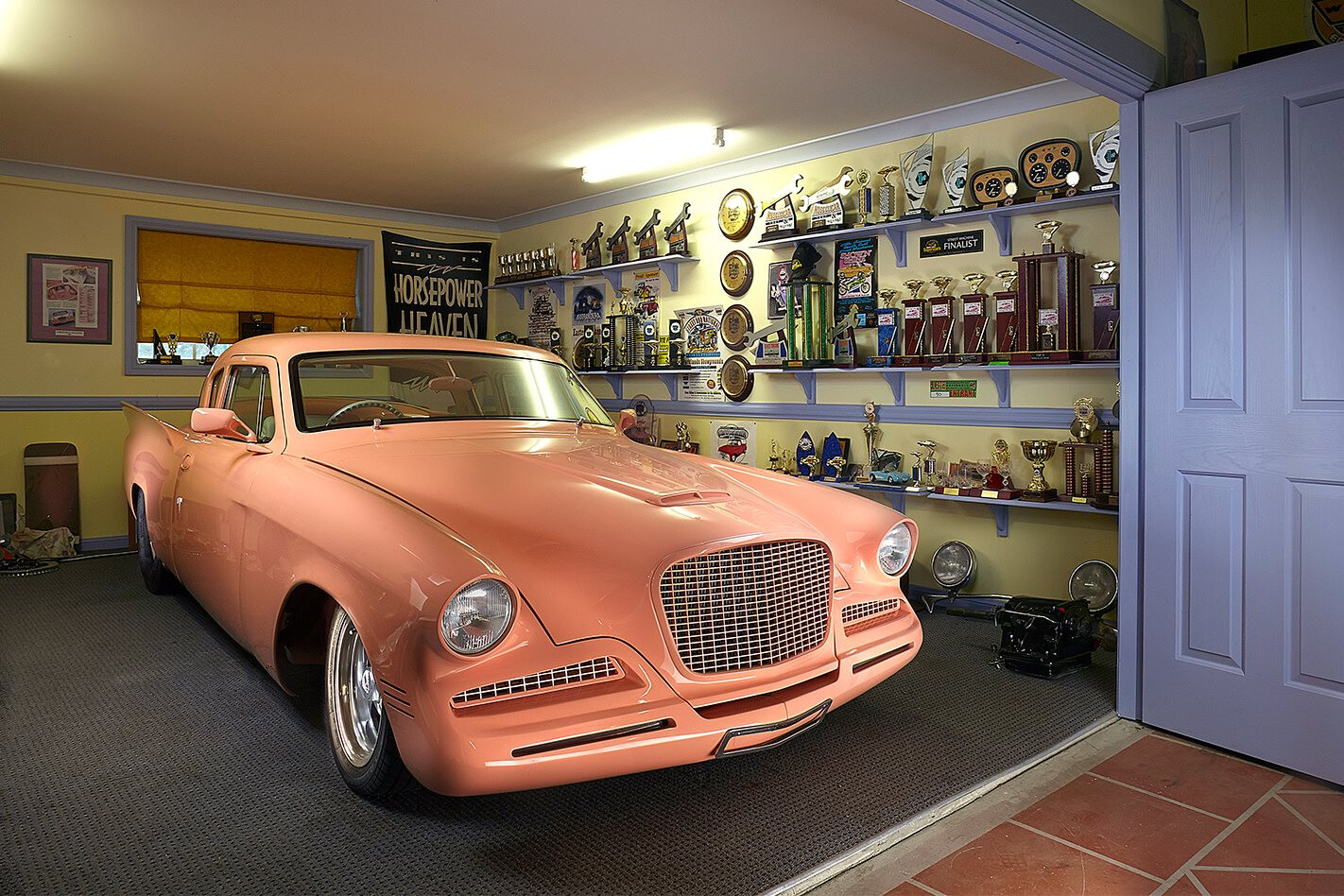
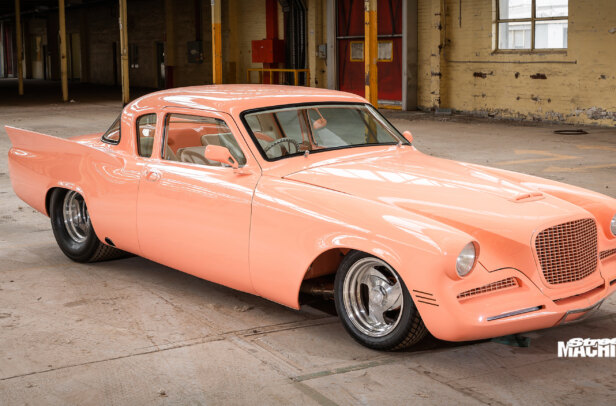
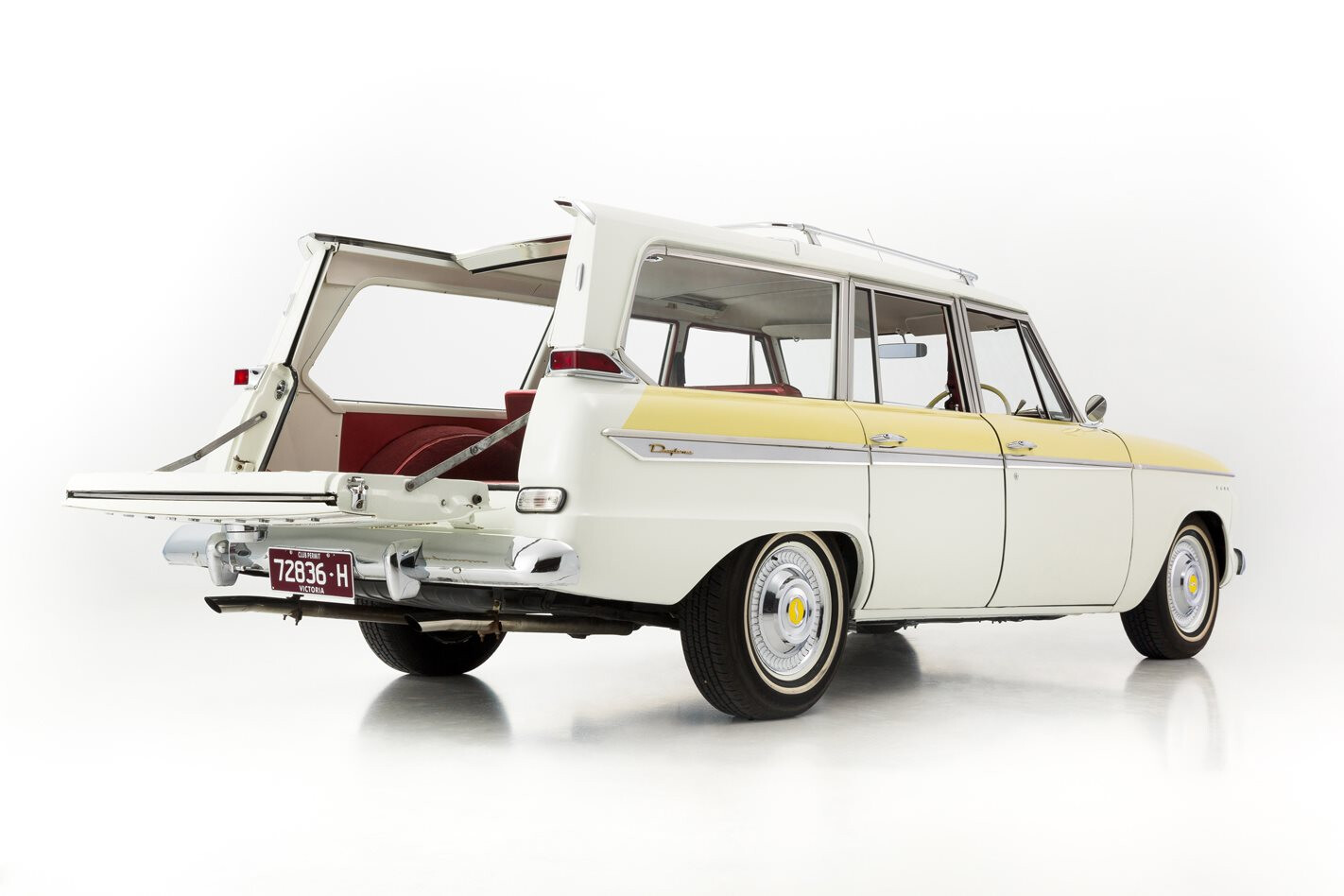

Comments